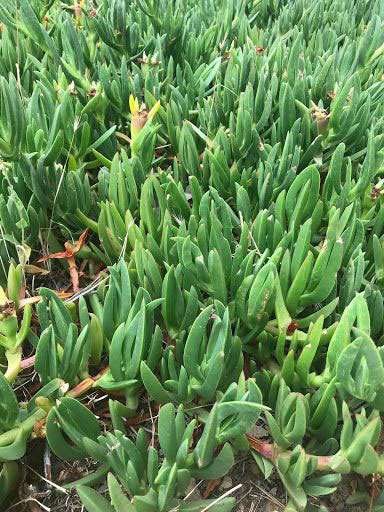The California floristic province is a global biodiversity hotspot, and San Diego county harbors the greatest number of endangered species across counties in the U.S. San Diego has a Mediterranean-type climate, with cool rainy winters and prolonged hot summer drought. The most common vegetation type especially in coastal areas is Coastal Sage Scrub; known as one of the most endangered ecosystems in the U.S. due to habitat loss from coastal development. Coastal Sage Scrub harbors many rare, endemic, and endangered plant and animal species, and is especially renowned for its iconic native aromatic shrub species. Many of these plants had medicinal uses for the Kumeyaay, a Native American tribe in what is now San Diego as well as the Baja Peninsula. For instance, Artemisia californica (California sage) was made into an infusion to wash wounds and was used as a bitter tea to treat fevers or colds, and Baccharis salicifolia (seep willow) was used to treat fungal infections and other skin conditions.
Ice Plant
Originating from South Africa, the Ice Plant, Carpobrotusedulis, part of the Aizoaceaeplant family, is an invasive species, benefitting from California’s similar climate. It is known for its antibacterial properties and its ability to treat HIV and AIDS.
Telegraph Weed
The Telegraph Weed, Heterothecagrandiflora, is part of the sunflower family (Asteraceae) which is the largest family of vascular plants in the Northern Hemisphere. It has been used by the Kumeyaay people for building. Recently, this plant has become invasive in Hawaii and Australia.
Crystalline Ice Plant
The Crystalline Ice Plant, Mesembryanthemumcrystallinum, is a student favorite due to the interesting bladder cells on the outside of the plant these bladder cells store salt water. The plant is often used as a form of bioremediation, as it can reset soil by drawing the salt from it.


-1.jpg)
-1.jpg)